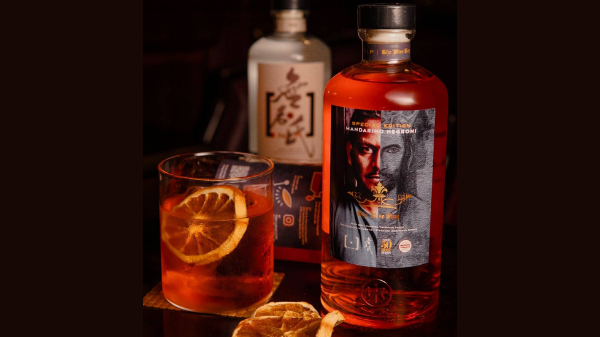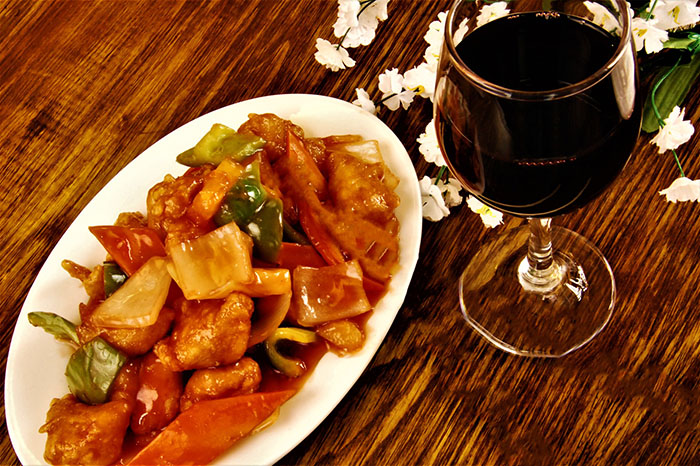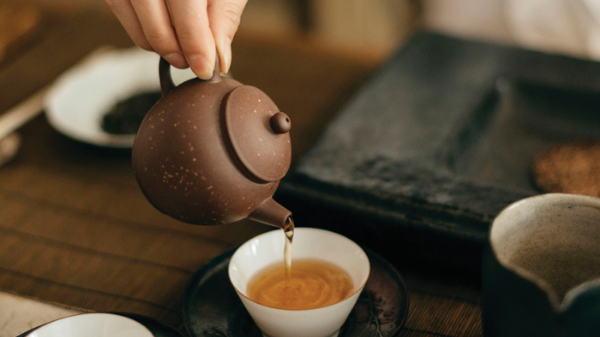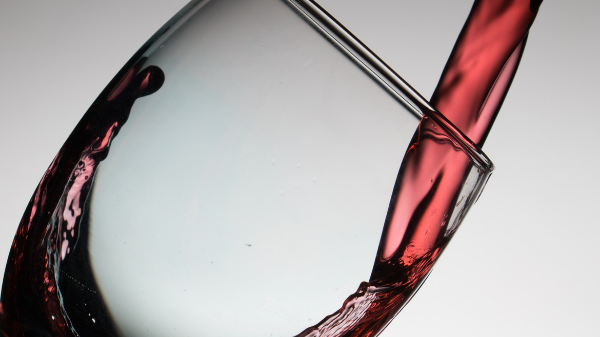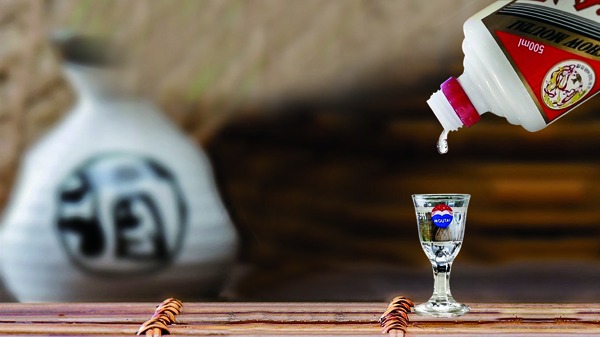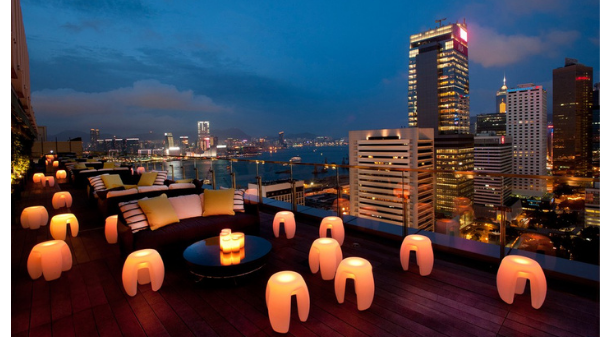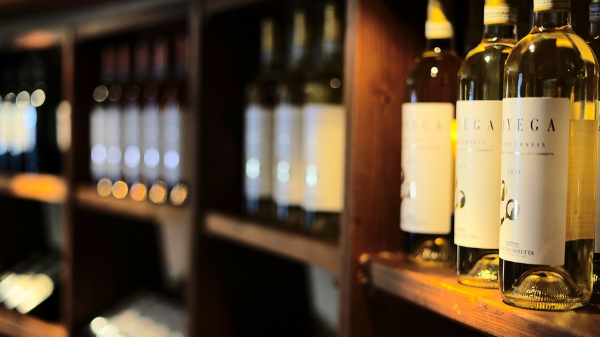To say the discussion of Chinese tea can yield endless topics is something of an understatement. Be it tracing the origins of tea, expounding its culinary traditions or exploring its endless medicinal properties, this long-beloved beverage has interested generations of imbibers.
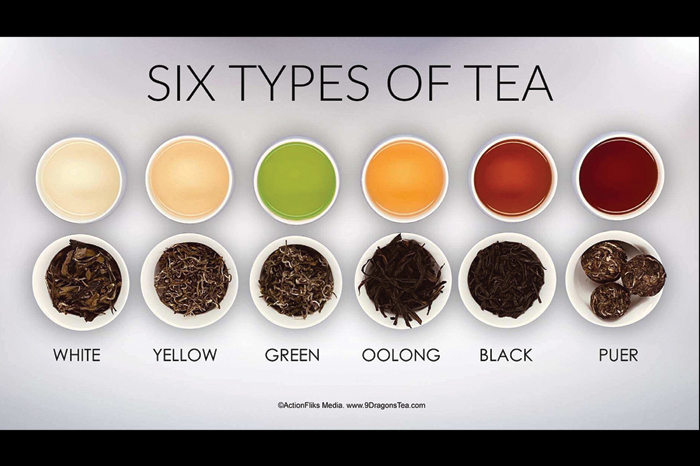
Personally, as a tea seeker, what I am most enamoured with is the classification of Chinese tea. As a Chinese person, drinking tea is something I do with pride, especially given the variety of tea products that are available today.
There are as many as 1017 kinds of famous teas recorded in just famous Chinese tea annal – the first edition of China Agricultural Press in 2000. Given this diversity, even if we sampled one type each day, it would take nearly three years to go through them all. So how do we classify so many types of tea?
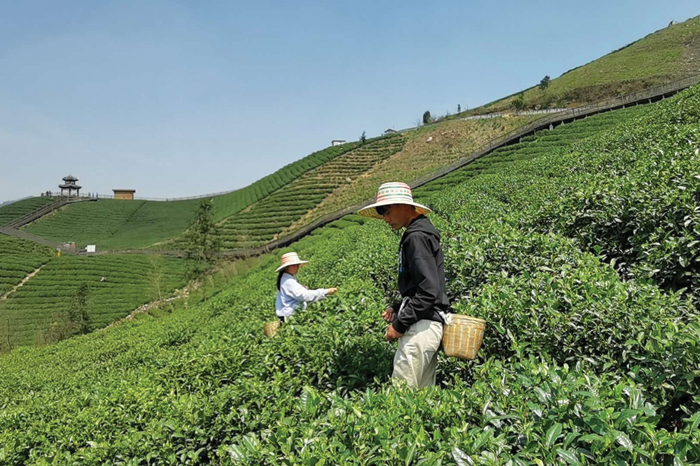
For this, we need to use the currently-implemented standard of GB / T 30766-2014, a methodology based on tea processing technology and product characteristics, combined with tea varieties, fresh leaf raw materials and product regions. Tea is divided into seven categories, specifically, six types of basic tea and one category of reprocessed tea. The six kinds of basic tea are derived from the paper Theory and Practice of Tea Classification as written by Professor Chen Jian, a tea expert and educator, in 1979. These are green, white, yellow, oolong, black and brick teas.
Green Tea
Green tea is a kind of non-fermented tea, which is the most produced tea in China. Every province produces green tea, and the number of green tea products in China ranks first in the world. Among the six basic tea categories, green tea accounts for more than 60 percent of China’s total tea output. Green tea quality characteristics: clear soup green leaves, commonly known as three green, namely dry tea green, tea soup green, leaf bottom green. Its preparations include being steamed, baked, roasted and sundried.
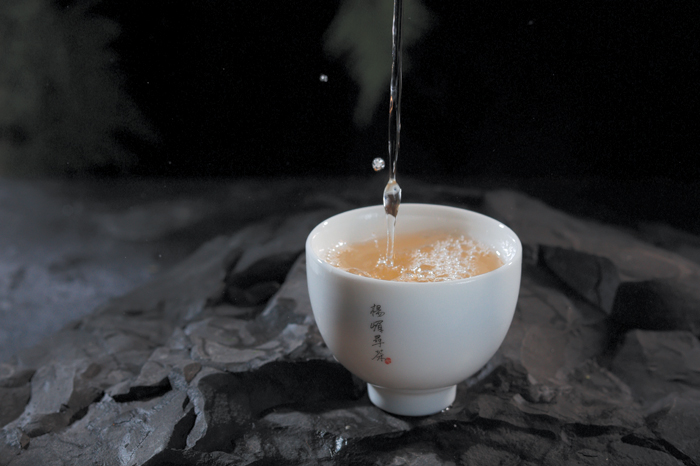
White Tea
White tea is a slightly fermented tea that is unique to China. It has been produced for at least 200 years and originated in Fujian Province. The main producing areas are Fuding, Zhenghe, Jianyang and Songxi, of which Fuding is the largest. The production process of white tea is nearly natural, without stir frying and kneading. It is mainly withering and drying. Therefore, white tea keeps the original content of tea to the maximum extent. According to this, white tea is earlier than green tea and has a long history of production. Therefore, white tea is known as a living fossil of tea, and common variations include Baihao Silver Needle, White Peony, Gongmei and Shoumei.
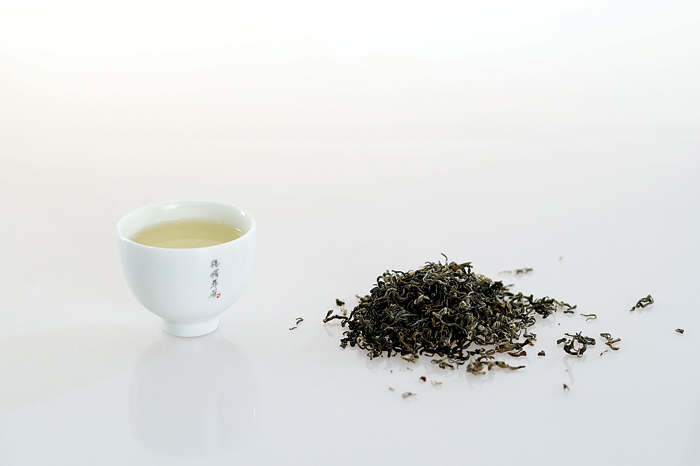
Yellow tea
Yellow tea is another kind of light fermented tea. It’s said that yellow tea was produced by mistakes in the process of making green tea, or yellow tea evolved from green tea. According to Xu Cishu’s Cha Shu Chan Cha (completed in 1597), yellow tea was produced in the middle and late Ming Dynasty. Yellow tea has existed since ancient times, but the yellow tea recorded in history is not the same as that referred to today from the perspective of tea fermentation. For example, Mengding yellow bud, which was very famous in the Tang Dynasty, was named after the naturally yellowing leaves of tea varieties. Although the smallest in terms of output of the six tea categories, there are three types that have already found favour with tea drinkers – Huangya, Huangxiao and Huangda.
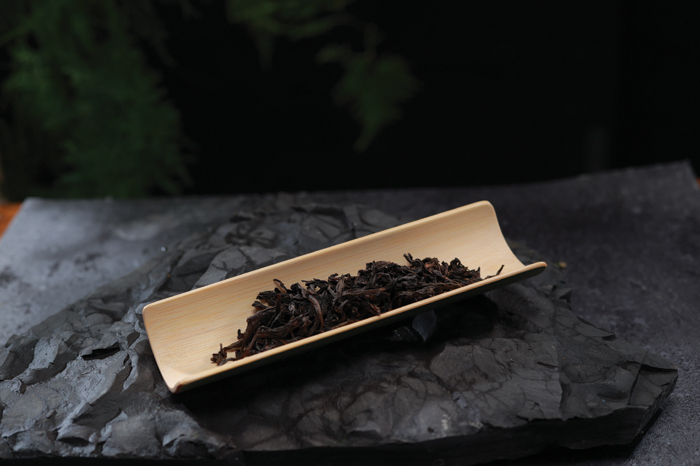
Oolong tea
Oolong is a semi-fermented tea, and because of its green brown appearance, it is also known as “green tea”. Oolong tea is a kind of unique tea in China, with various products and styles. The requirement of picking fresh leaves of Oolong tea is to open the face of tea, that is, the new shoots of tea trees can be picked only after they are mature. There is no bud head in all oolong tea. Its aroma is very prominent, and replete with natural flower fragrances. its colour is golden or orange yellow, bright and clean, and offers a mellow, fresh, sweet taste. Oolong tea has special charm, such as Tieguanyin has its own “Guanyin rhyme”, while Wuyiyan tea has “rock bone flower fragrance”, and so on.
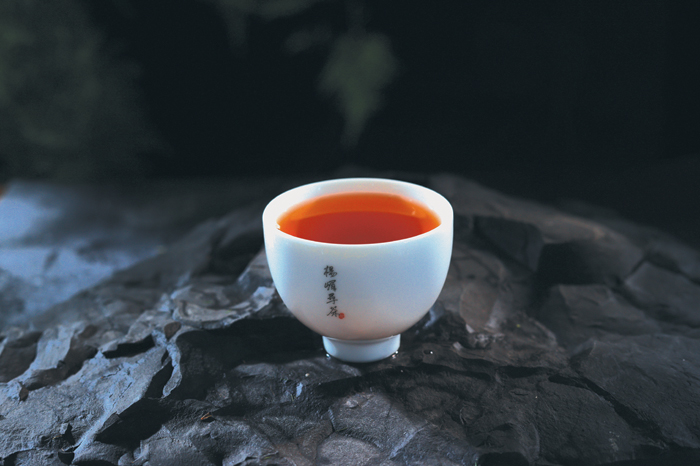
Black tea
Black tea is a fully fermented tea. The so-called full fermentation, intuitively speaking, is that the leaves of the tea have all changed from green to red. Black tea is also the most popular tea in the world. It is also one of the main types of tea produced and exported by China. China is the birthplace of black tea in the world. In the mid-16th century, Wuyishan, Fujian Province, invented and produced small black tea; in the middle of the 18th century, on the basis of the production technology of small black tea, China created a more exquisite processing technology of Gongfu black tea, making black tea production and trade reach an unprecedented peak. In the early 20th century, broken black tea gradually replaced Gongfu black tea and became the main product in the international market. Black tea has been a typical export tea since race black tea, a strip product made utilising pine smoke, was first exported to Holland and then to Portugal, Britain, France and Germany in the early 17th century.
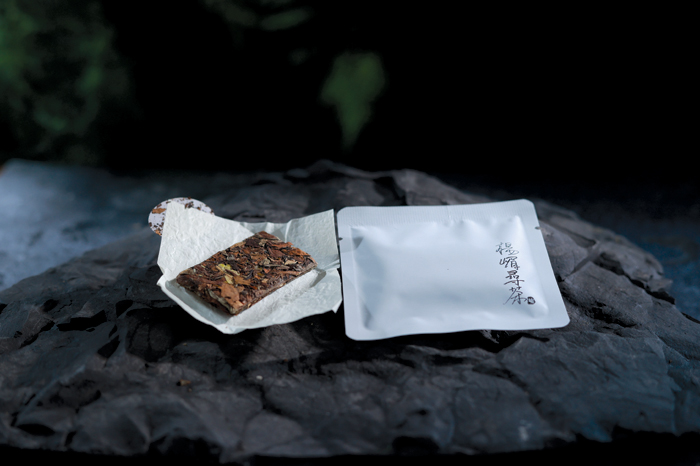
Dark tea (Brick tea)
Dark tea is a post-fermented tea. The fermentation is completed by natural ageing or artificial piling. The word “dark tea” was first seen in the memorials of the imperial historian Chen Shuo in the third year of Jiajing Emperor’s reign of the Ming Dynasty (1524). Dark tea is not only sold in traditional border areas, but it is also a kind of tea for ethnic unity. The main market of dark tea is in Qinghai, Tibet, Xinjiang, Gansu, Inner Mongolia and other places. The ancient tea horse road is the main channel for transporting dark tea. Dark tea is to meet the living habits of ethnic minority compatriots, who require tea to have boiling resistance. Therefore, the material grade of dark tea is relatively low, and its production and processing are special. The main feature of Dark tea is “wodui” technology. As the name suggests, dark tea is a real fermented tea by piling up tea for a long time, and its most popular producers are the provinces of Hunan, Sichuan, Hubei, Guangxi and Yunnan.
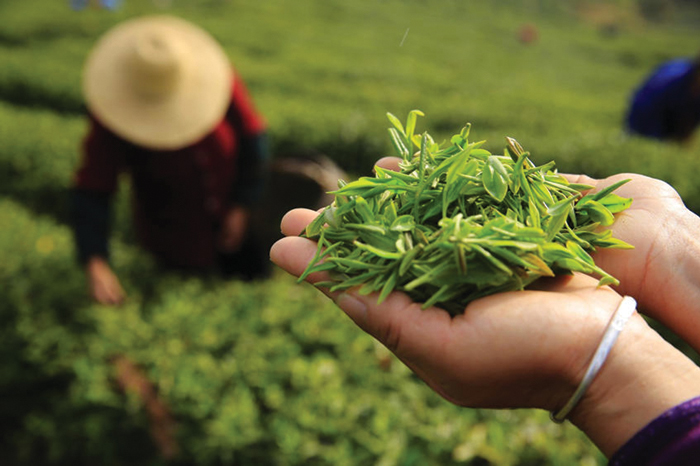
Reprocessed Tea
Reprocessing tea is to take six kinds of basic tea as raw materials for reprocessing products, are collectively referred to as reprocessed tea. These can range from scented teas – made by adding natural fragrant flowers – and tea bags that are perfect for fast, smaller servings to suit time-pressed drinkers. Pressed teas, made by screening, blending, steaming, pressing and drying tea, and powdered teas such as Japanese matcha tea powder also fall into the category of reprocessed teas, all made possible through the advent of modern technology.



